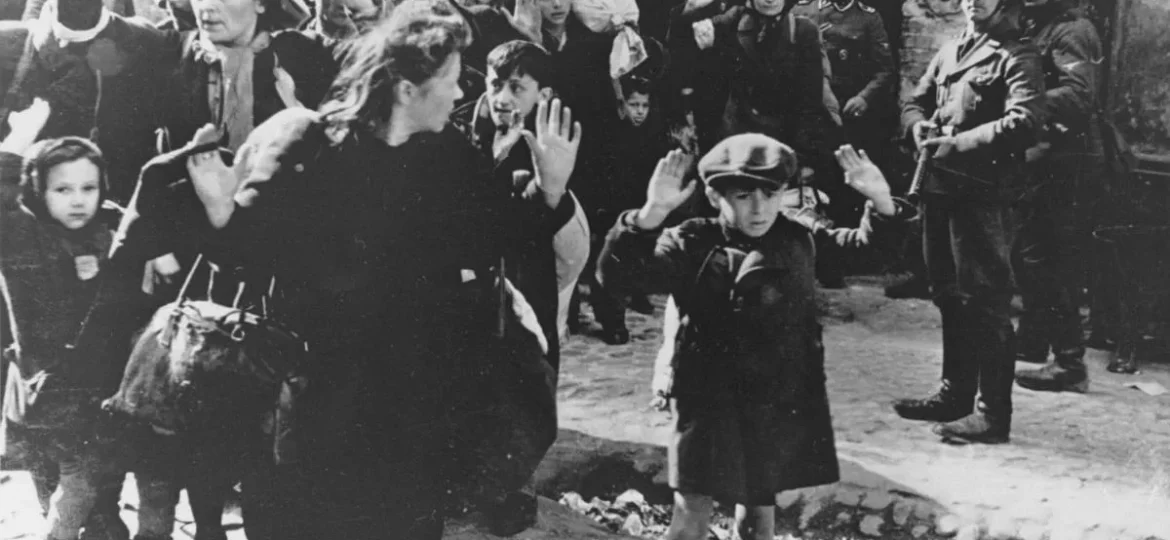
Faulkner said it best, something like, “The past isn’t.”
September, a perfect trifecta of nostalgic events, was one of those months when I think he got it right.
The first was this: my wife surprised me with an anniversary gift, a short trip to Warsaw, the subject of my next novel and the occupier of much of my head space over the last year. (The family joke was that she bought a one-way ticket; happily, it was a return. Don’t ask what I bought her.)
Here’s a mind experiment: crowd the population of Hamilton into an area less than a dozen city blocks square. Wall them in. Feed them a tenth of their normal daily food needs. Employ only a few of them. Give them — let’s be clear here, Jews mostly — little hope; shoot them for minor infractions of made-up rules, or no reason at all. Then, by the thousands, deport them to their deaths. Why go there eighty years later? To walk the ground where the ghetto stood, to find the site of a clandestine medical school created there, and to meet the granddaughter of the founder and dean. And to touch, in the only way left to us, the courage and hope of the school. To honour the lives the Nazis took: of 500 students and faculty, only a handful survived.
Nostalgia item #2. In September our son passed a Milestone Birthday, one of those that ends in a zero. You know about them. The week before was filled with boxes of kid pictures, each one of which brought back memories and laughs, even tears. (We are I have to admit, Suckers for Keeping Things. No kidding, we still have our kids’ primary school report cards, just in case, out of the blue, they ask, “How’d I do in Grade 4 math?” We’re ready; bring it on.)
And then, a week later, Nostalgia item #3: A medical school reunion, our 55th, complete with adult beverages, old friends, songs, and pictures of past reunions. There was some sadness too; a third of our class of 60 is gone.
I’ve been struggling with what kind of image best describes the three events. Someone suggested a person walking. It doesn’t quite do it though: we walk forward but in the pull of nostalgia we look backwards, an awkward, don’t-try-this-at-home kind of activity.
Maybe a better image is Janus, the two-faced god that someone named January for. There’s truth in the image: looking back, a kind of anchor, looking forward with hope. There was lots of the latter in my September: Warsaw is a vibrant city full of young people intent on a new Poland, one that has received millions of Ukrainians almost seamlessly. My son’s future is bright, though I’m admittedly biased. And even though our class numbers are depleted, there’s lots of life and energy still in those remaining, multitalented people — in clinical practice, in legacy donations, and in non-medical pursuits like music, art, home design, even writing.
The Janus image isn’t quite right though. It’s pretty passive (“Just lookin’” Janus might say), and more than a little sexist; the looking back image is bearded. Mostly for me though, the image misses an important question: what has the past taught us? Are we different, better?
I’m still struggling with that question, and with finding the right image. A tightrope? A magnifying glass? A book? I like the book image and its reminder about learning (or non-learning), since that’s the rub about looking back, isn’t it? For example: we’ve improved medicine in a technical sense, but I’m not so sure about our compassion, even for ourselves. What do most of us do at those milestone birthdays? Celebrate? Yes. Set out on a course of improvement? Not so much. And last, what have we learned about war and its prevention? Or about anti-Semitism and its causes? Not much, I’d say.
Nostalgia: proof of Faulkner’s wisdom. A lesson in image-finding. A warning maybe.



